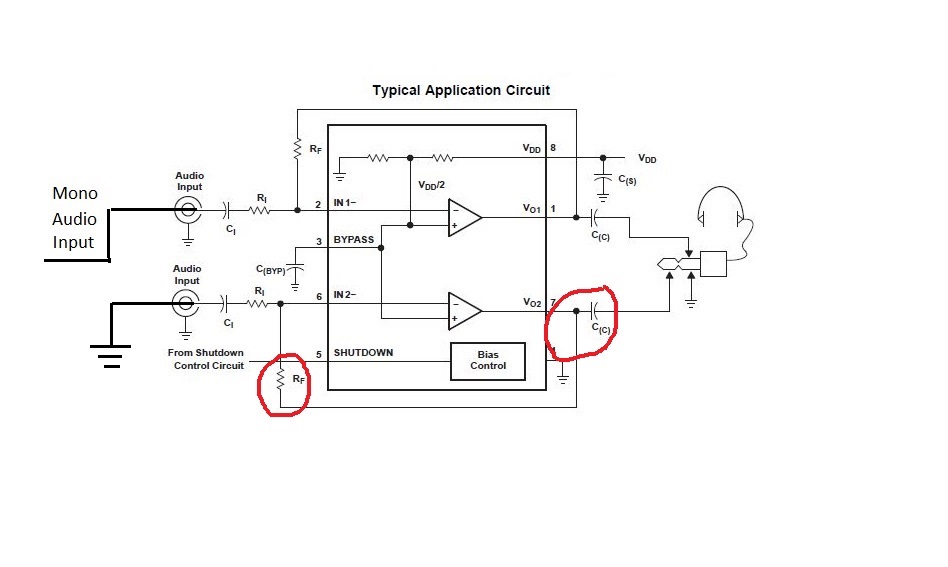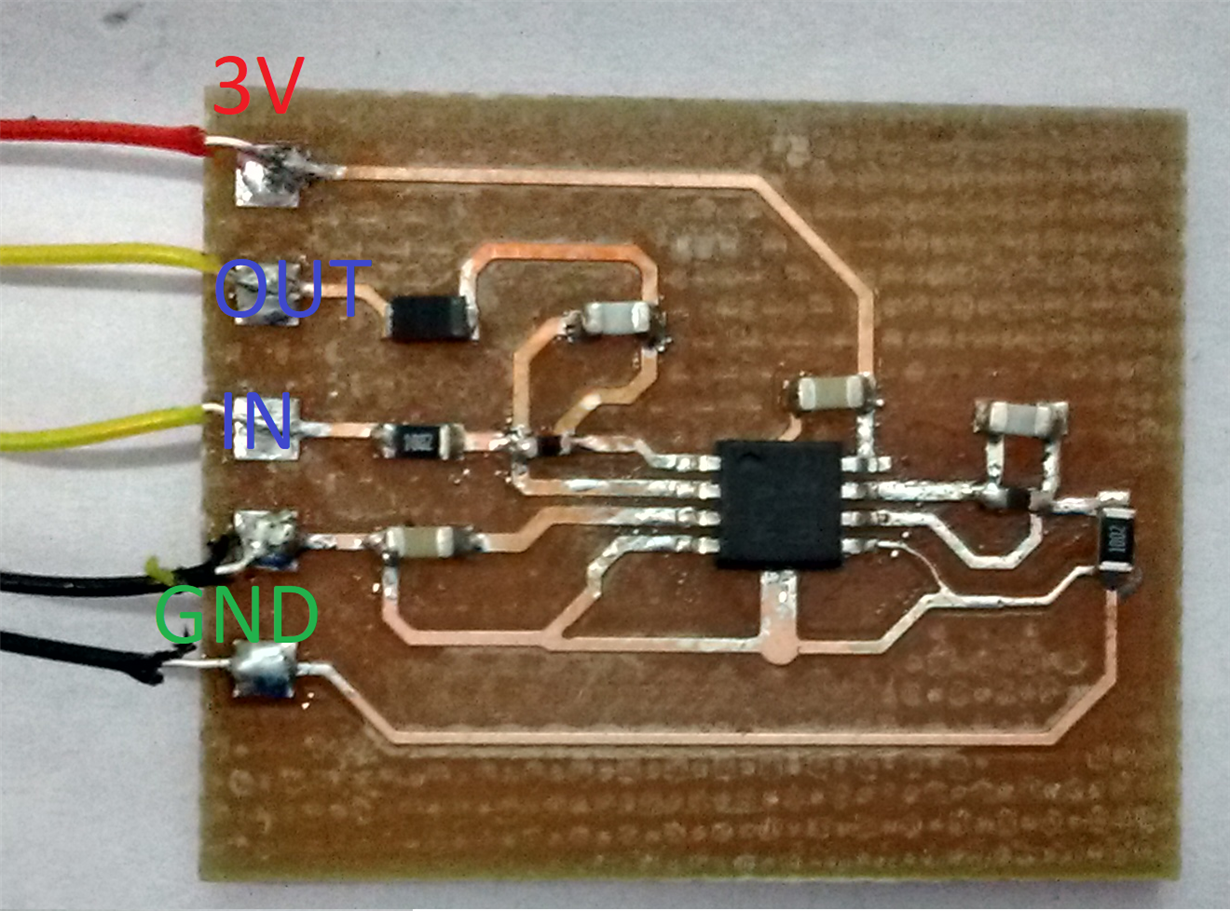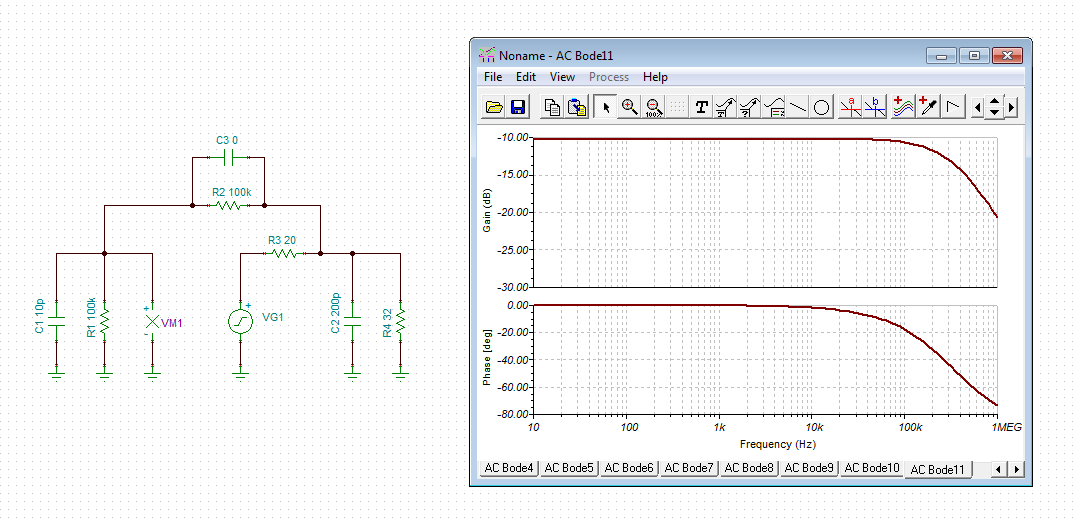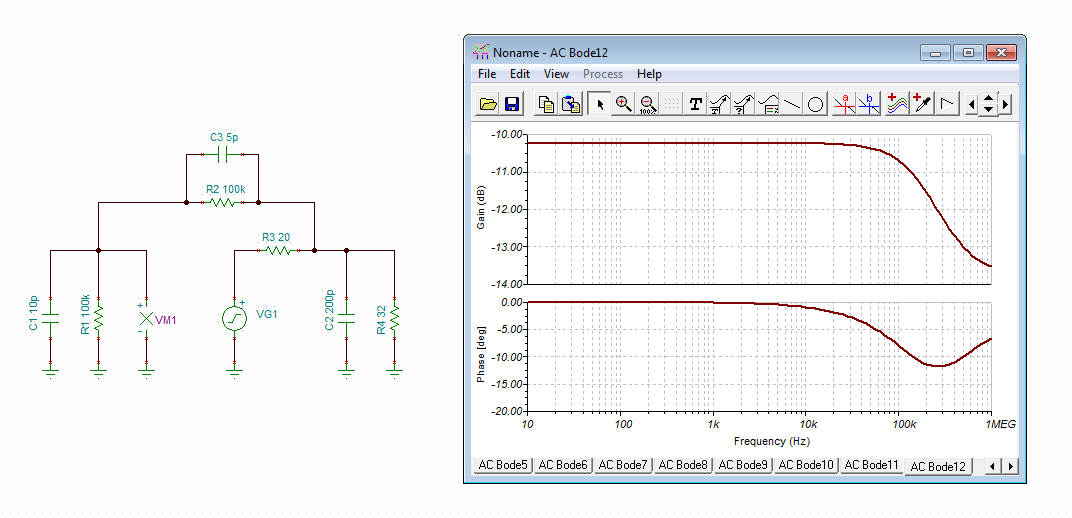Hi,
I am using TPA6111A2 as a headphone amplifier, in the single ended configuration. Do I have to short the feedback resistor and output coupling capacitor for the channel that is not being used. I have highlighted the parts with the red pen in the image pasted below. Does TI have mono headphone amplifier. I am not able to find one.
Regards,
Tapas





